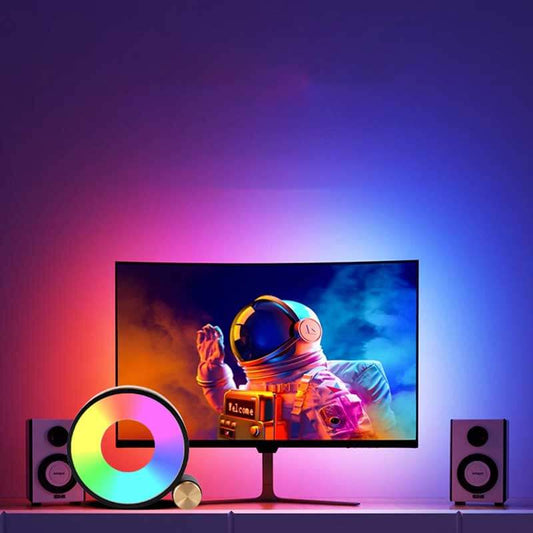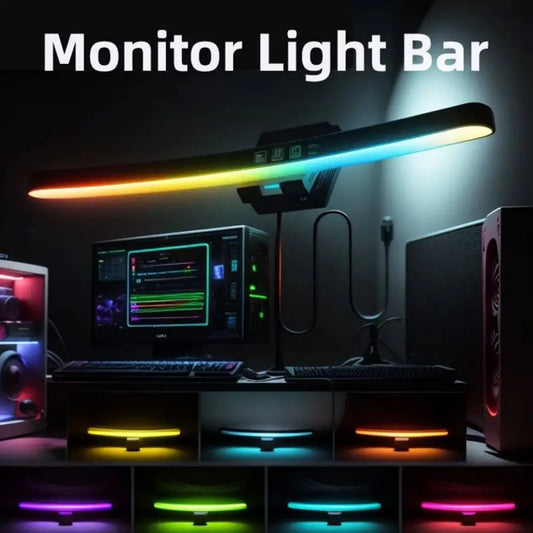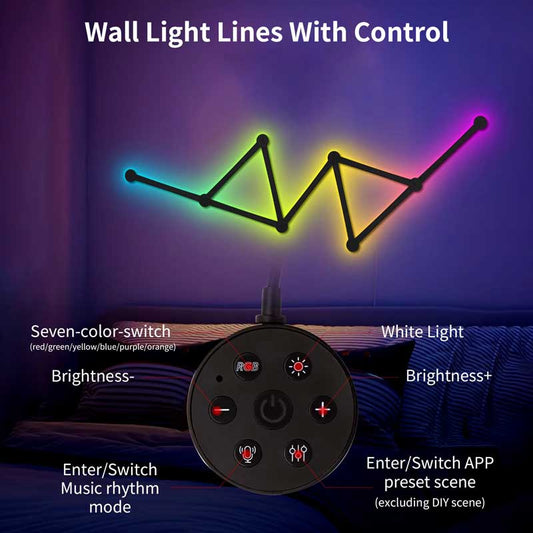How many bits is the GameCube?
Partager
When discussing classic gaming consoles, the Nintendo GameCube often comes up as a fan favorite. Released in 2001, the GameCube was Nintendo’s entry into the sixth generation of video game consoles, competing with the likes of the PlayStation 2 and the Xbox. One question that often arises when discussing retro gaming technology is: How many bits is the GameCube?
To answer this question directly: The GameCube is a 32-bit console. However, the concept of "bits" in gaming consoles is a bit more nuanced than it might seem at first glance. Let’s dive deeper into what this means and why it matters.
What Does "32-bit" Mean?
In the context of gaming consoles, the term "bits" refers to the width of the CPU's registers, which determines how much data the processor can handle at once. A 32-bit CPU can process 32 bits of data in a single operation, making it more powerful than earlier 8-bit or 16-bit systems. This increased processing power allows for better graphics, more complex gameplay, and larger game worlds.
The GameCube’s CPU, known as the IBM PowerPC 750CXe "Gekko", is a 32-bit processor clocked at 485 MHz. This processor was custom-designed for the GameCube and provided a significant leap in performance compared to Nintendo’s previous console, the Nintendo 64 (which was also a 64-bit console, interestingly enough).
Why Bits Aren’t Everything
While the GameCube is technically a 32-bit console, the focus on "bits" as a measure of a console’s power became less relevant during this era. By the time the GameCube was released, advancements in technology meant that other factors, such as GPU capabilities, memory, and overall system architecture, played a more significant role in determining a console’s performance.
For example, the GameCube’s GPU, developed by ATI (now AMD), was capable of rendering stunning graphics for its time, with support for features like anti-aliasing, texture filtering, and advanced lighting effects. Additionally, the console’s 24 MB of RAM (40 MB with the system’s 16 MB of embedded memory) allowed developers to create more detailed and immersive games.
The GameCube’s Legacy
Despite being a 32-bit console, the GameCube punched above its weight in terms of performance and game quality. It was home to some of Nintendo’s most beloved franchises, including Super Mario Sunshine, The Legend of Zelda: The Wind Waker, and Metroid Prime. Its compact design, unique controller, and innovative mini-disc format also set it apart from its competitors.
While the GameCube didn’t dominate the market like the PlayStation 2, it has since gained a cult following and is remembered fondly by gamers for its creativity and charm. Its 32-bit architecture, combined with its other technological advancements, made it a capable and memorable console.
Conclusion
So, how many bits is the GameCube? It’s a 32-bit console, but its legacy goes far beyond its technical specifications. The GameCube proved that a console’s worth isn’t just about bits or raw power—it’s about the experiences it delivers. Even today, the GameCube remains a testament to Nintendo’s ability to innovate and create timeless gaming experiences.
Whether you’re a retro gaming enthusiast or just curious about gaming history, the GameCube is a fascinating piece of technology that continues to inspire nostalgia and admiration.




